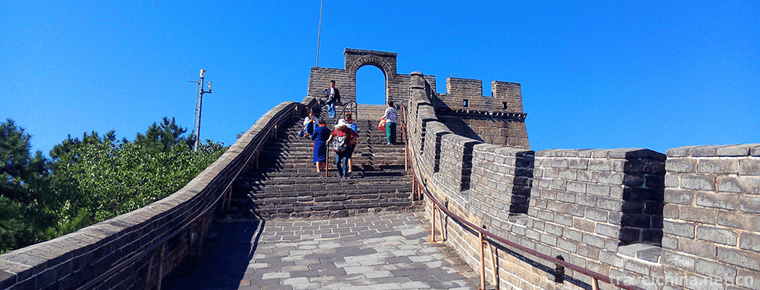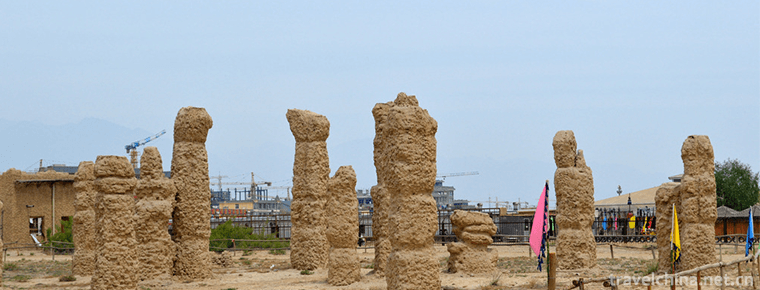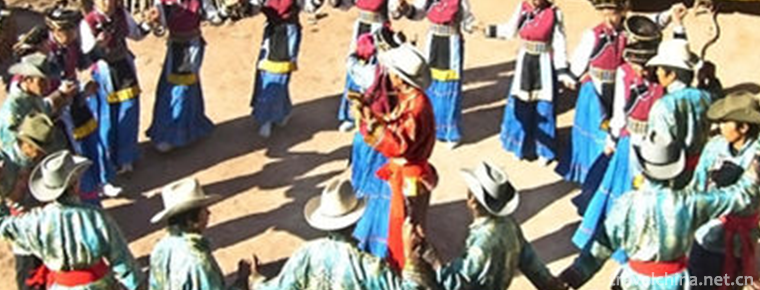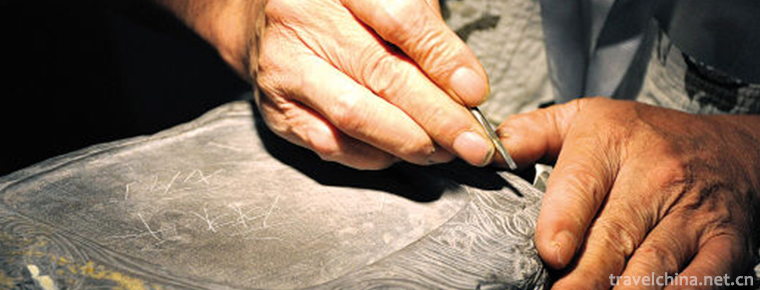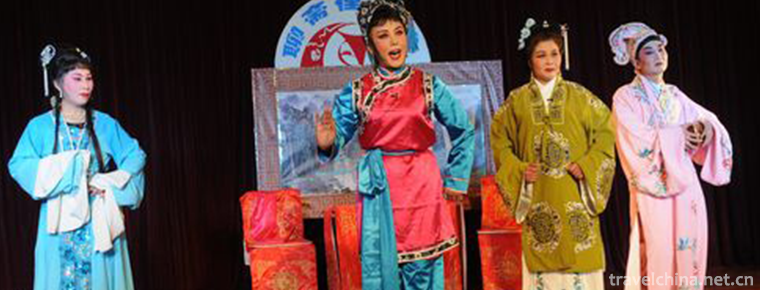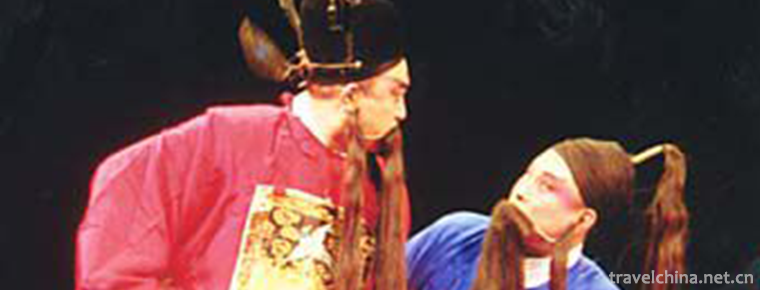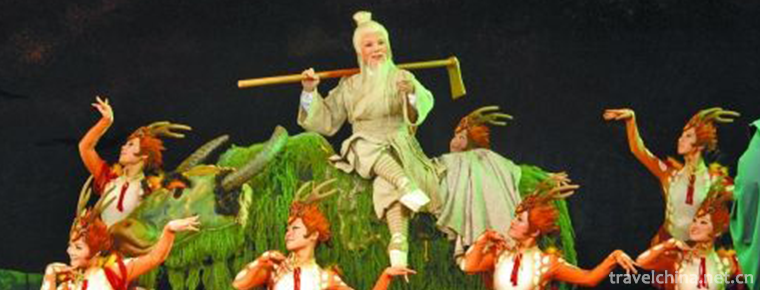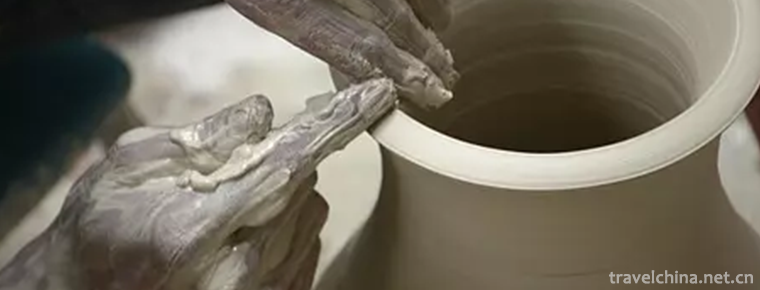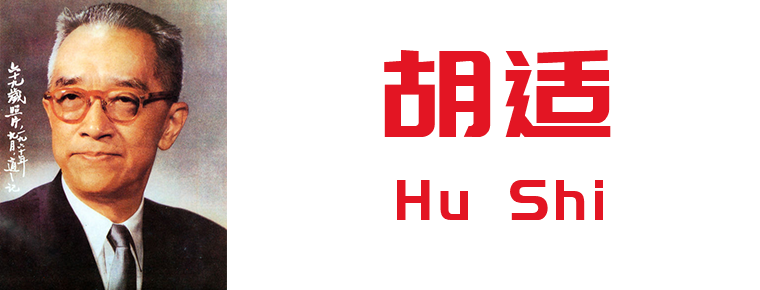Architectural Construction Skills of Shikumen Lane
Architectural Construction Skills of Shikumen Lane
Shikumen is a new type of architecture which combines the characteristics of western culture and traditional Chinese dwellings. Shanghai Shikumen Lane Residence originated in Tongzhi Period of Qing Dynasty. It was rebuilt on the basis of Lilang Wooden House in 1970s, and gradually developed. It has a history of more than 100 years.
On May 23, 2011, the construction techniques of Shikumen Lane were approved by the State Council and listed in the third batch of national intangible cultural heritage list.
Witness History
Shanghai Shikumen Lane Residence originated in Tongzhi Period of Qing Dynasty. It was rebuilt on the basis of Lilang Wooden House in 1970s, and gradually developed. It has a history of more than 100 years. Ma Xueqiang, a researcher at the Institute of History, Shanghai Academy of Social Sciences and executive editor of the History of Shanghai Luwan Urban District, said that in the process of compiling urban history, the researcher found that a Shikumen built in 1870 had been used as a foreign bank. The archives also showed detailed information about the builders, owners and users of the Shikumen, which has been found so far. Recorded early Shikumen. As an important residential building in modern Shanghai, Shikumen is not only a witness of the cultural exchange between Chinese and Western architecture in modern times, but also a valuable cultural heritage of the city. Over the past 100 years, many important historical events have taken place in Shikumen, Shanghai, which have influenced the development of Chinese society, whether at the site of the First Congress or the old central site of the Yuyangli regiment. "Why do major historical events happen here at Shikumen, not elsewhere, and what are the necessities of historical incidents?" Ma Xueqiang said that in the past four years, renowned scholars and experts from home and abroad who specialize in urban history, planning, architecture, society, economy and culture joined in the compilation of urban history. They searched existing urban construction archives, real estate archives, household registration archives, legal books, deeds, road maps, Baojia jurisdictional area maps, as well as foreign documents such as English, French, Russian and Korean, many of which were the first time. Invitation, the seemingly fragmentary historical records are integrated, and all incidents are logically related.
Zheng Shiling, a professor of Tongji University and academician of the Chinese Academy of Sciences, believes that the History of Shanghai Luwan Urban Area covers all the political, economic, cultural, municipal, architectural and social phenomena of modern Shanghai. "This is the most historic and social value book in the study of urban history in Shanghai so far."
Architectural concept
In 1860 AD, the third generation of Shikumen, which integrates Chinese and Western architectural styles, inherited the excellent traditions of the first two generations of Shikumen and made a lot of moderate improvements. The Bay is narrower and wider, the floors are increased from the second floor to the third floor, and the layout is becoming more flexible from restraint.
1) Three-storey new structure: original villa in 1860 A.D. Green space, new-style stone storehouse door structure row villas with three-storey as the main structure, restoring stone storehouse door to sublimate stone storehouse door, will not be suitable for modern people's living space structure one by one moderately improved.
2) Traditional exterior facade: the exterior facade of the building keeps the texture of the Shikumen building, carefully chooses every material, and carefully polishes every detail; adopts the detail treatment of green tiles, red bricks and red bricks, emphasizing the original appearance of the material. The gate is an important part of the courtyard, and the decoration of the lintel requires full sculpture.
3) New internal pattern: break the traditional closed inner courtyard of Shikumen, connect the inner courtyard and private courtyard, and create livable and space-inspired courtyard space. Keeping the proper distance between Li and Lane not only fills the taste of Shikumen, but also meets the requirements of modern distance.
4) Public Living Hall: North-South double doors, Lane hall walking, so that lane hall becomes a public space for community residents to live, a real sense of "public living hall", restore the original neighborhood relationship of old Shanghai.
5) patio: courtyard space (patio) is designed for each household. The courtyard is as high as 4.2-4.5 meters. The warm and poetic life mood of the traditional Shikumen "fishbowl pomegranate tree in the ceiling, gossip in the neighborhood" is attributed to the fading of human feelings today.
6) Hall: Broad hall space, the patio greening into the line of sight, the line of sight and green embrace at all times.
Inheritance of the future
In this changing era, national cultural self-confidence is precious. Shanghai's rare real estate enterprise with national brand aesthetic consciousness, Greenbelt Group, has devoted itself to the protection of national culture for 18 years and treated the wisdom of the ancestors left over from history kindly. Today, the Shikumen community, which is carefully restored and constructed, brings together the lost memories of the old Shanghai page by page and dedicates to the world a proposal for the future handicraft architecture of Shanghai with the insightful people of contemporary Shanghai.
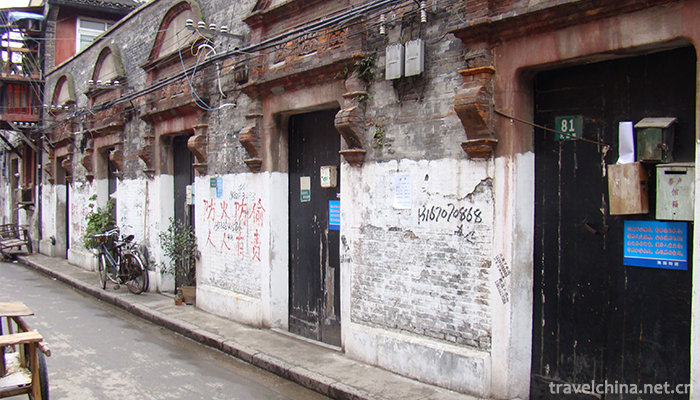
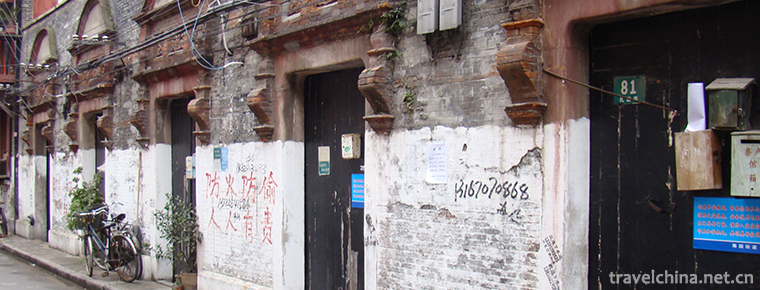
Architectural Construction Skills of Shikumen Lane
-
Lhanagtso Rakshas
Views: 183 Time 2018-10-12 -
The Badaling Great Wall
Juyongguan Great Wall is a famous ancient city along the Great Wall of Beijing and a national cultural relic protection unit. It is a national AAAA scenic spot assessed by Beijing Tourism Bureau
Views: 358 Time 2018-12-09 -
Putaogou Scenic Area Turpan City
The Putaogou Scenic Area in Turpan City is located in the Flame Mountain, 11 kilometers northeast of Turpan City, Xinjiang. It is about 8 kilometers long in the South and 2 kilometers wide in the East
Views: 183 Time 2018-12-12 -
Zhenbeibao West Film City
Zhenbeibao Western Film City, located in Yinchuan City, Ningxia Hui Autonomous Region, is a national AAAAA-level tourist attraction integrating sightseeing, entertainment, leisure, catering and shoppi
Views: 181 Time 2018-12-12 -
Dulong Kakuwa Festival
Dulong Kakuwa Festival spreads in all Dulong villages in the Dulong River Valley in the west of Gongshan Dulong Nu Autonomous County, Nujiang Lisu Autonomous Prefecture
Views: 169 Time 2019-04-28 -
Duan Inkstone Production Techniques
Duan inkstone production technology, Zhaoqing City, Guangdong Province, traditional handicraft, one of the national intangible cultural heritage.
Views: 172 Time 2019-04-28 -
Liao Zhais folk songs
The spreading area of Liaozhai slang mainly distributes in Zibo City, Shandong Province. The Pu family and its descendants are the main inheritors. Liaozhai slang is a unique traditional folk music li
Views: 218 Time 2019-05-13 -
Yingge Liushu
Yingge Liushu, also known as Yingge Liuzi, is a traditional art form of rap and singing spread in southwestern Shandong, southern Shandong, Eastern Henan and Northern Jiangsu. Legend has it that the L
Views: 307 Time 2019-07-14 -
Extra tune
In addition to the form of opera, Yue Diao has two branches, namely, opera and puppet. In 1942, there was a severe drought in Henan Province. During this period, many cross-tone artists (such as Zhang
Views: 279 Time 2019-07-16 -
Celadon Firing Techniques of Yue Kiln
The firing history of celadon in Yue kiln has gone through the firing process of primitive, primitive and mature ceramics kilns and mature ceramics kilns (i.e. ceramics kilns). In the firing process,
Views: 155 Time 2019-07-16 -
Hu Shi
Hu Shi (December 17, 1891 - February 24, 1962), who used the name "Xi Jiang", learned the name of Hong Kong, and later changed his name to the right word. A thinker, a writer, a philosopher.
Views: 184 Time 2019-09-07 -
Yibin cultural undertakings
By the end of 2019, there are 7 art performance groups, 2 art performance venues, 11 cultural centers, 186 cultural stations and 10 public libraries in Yibin cultural system. There are 1 provincial science and technology tourism demonstration base, 2 prov
Views: 186 Time 2020-12-18

